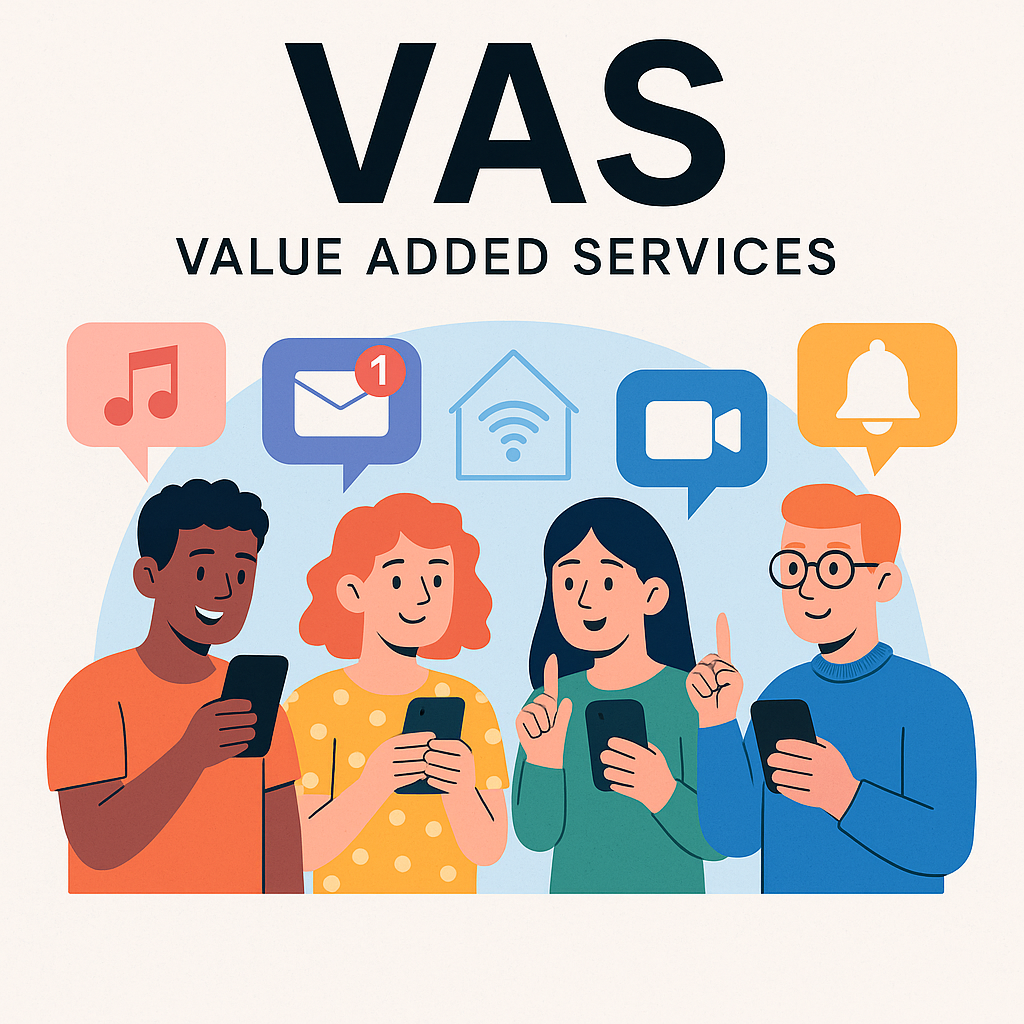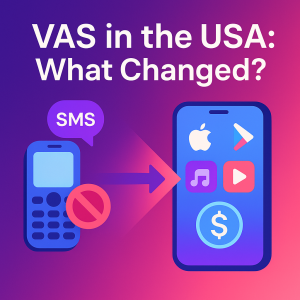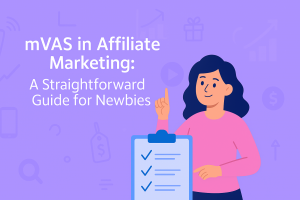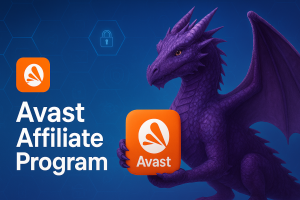Spoiler: no, they’re not the same 😉. If you’re new to mobile services or run a digital content platform, you might hear the terms VAS and DCB thrown around and wonder if they mean the same. They often come up together in conversations about mobile payments and services, so the confusion is understandable. In this blog-style guide, we’ll explain what each term means, how they differ, and how they actually complement each other. By the end, you’ll see why understanding the difference between DCB and VAS is important for anyone looking to monetize mobile content effectively.
What is VAS (Value-Added Service)?

VAS stands for Value-Added Service, which refers to any mobile service beyond the standard voice calls and SMS texts. In simple terms, these are additional services offered to mobile users that provide extra value or entertainment on top of core telecom services. For example, downloading ringtones, listening to music on a mobile app, playing online games, subscribing to daily horoscopes via SMS, watching videos, using fitness or learning apps provided by an operator – all of these are classic value-added services. They enhance the user’s mobile experience by offering content or features that go beyond just making phone calls or sending texts.
Value-Added Services can be one-time purchases (like buying a game or a ringtone) or subscription-based (like a weekly trivia quiz service or a monthly streaming service). Importantly, a VAS can be offered by the mobile operator itself or by third-party content providers who partner with the operator. In both cases, the idea is to generate extra revenue and engagement by providing content that users want (entertainment, information, utilities, etc.) on their phones. These services are popular because they make our phones more fun and useful 📱.
Analogy: Think of your core mobile service (calls and texts) as a plain pizza base. VAS are the toppings (cheese, pepperoni, veggies) that make the pizza more exciting. They’re not necessary to have a functioning “pizza” (phone service), but they make the experience much better for the user. 🍕 In the mobile world, VAS bring in additional flavor and value beyond the basic communication needs.
What is DCB (Direct Carrier Billing)?
DCB stands for Direct Carrier Billing. This is a payment method – essentially a way for users to pay for goods or services by charging the cost directly to their mobile phone bill (or deducting from their prepaid mobile balance). In other words, with DCB, you don’t need a credit card, debit card, or separate online wallet to make a purchase; you can pay through your telecom operator. The amount is either added to your monthly phone bill or instantly taken from your pay-as-you-go credit.
For example, imagine you want to subscribe to an online newspaper on your phone or buy a new sticker pack in a chat app. When you choose Direct Carrier Billing at checkout, you’ll simply confirm the purchase (often via a one-click or entering a PIN code sent to your phone), and the charge will appear on your mobile account. No bank involved in that moment, no fuss with entering card details – just a quick, convenient transaction ✨.
Some key features of DCB include:
- Simplicity: It’s very easy to use. Often it’s just a couple of taps on your phone, and you’re done. No lengthy forms or new accounts needed.
- Accessibility: Anyone with a mobile phone can use DCB, even if they don’t have a bank account or credit card. This makes it especially popular in regions where many people have phones but not banking access.
- Security: Users don’t have to share sensitive personal or card information online. The mobile operator handles the billing, which feels safe to many users who trust their phone company. (And because the transaction is tied to your phone number, it’s a bit like a two-factor authentication by default.)
- Speed: The purchase is instant and the user can enjoy the content immediately, which encourages impulse buys for low-cost digital items.
In short, Direct Carrier Billing is like having a universal mobile wallet provided by your carrier. It turns your phone into a payment tool. If VAS are the products in a mobile “store,” then DCB is the cash register that lets you pay using your phone account 💳📲.
DCB vs. VAS: Key differences
At this point, you might clearly see that VAS and DCB are related but fundamentally different things. Let’s break down the key differences between them:
- What They Are:Value-Added Services (VAS) are services or content provided to the user (games, music, apps, etc.), whereas Direct Carrier Billing (DCB) is a payment method or billing mechanism. VAS is what you use or enjoy; DCB is how you pay for it.
- Role in the Mobile Ecosystem: VAS is about offering additional value to users – it’s part of the content and service layer. DCB is part of the payment infrastructure – it belongs to the billing and monetization layer. A user might say “I subscribed to a music service (VAS),” but they would rarely say “I subscribed to a DCB” – instead, they’d say “I paid via my phone bill using DCB.”
- Providers Involved: VAS can be created by mobile operators or by third-party content providers/developers. These services often leverage the operator’s network to reach users. DCB, on the other hand, is enabled by the mobile operators (carriers) and often facilitated by aggregators or billing intermediaries. Basically, the telecom company provides the ability to charge the user’s account, sometimes in partnership with a tech provider that connects various content platforms to the operators. If you’re a content provider, you offer a VAS to users, and you use DCB (with the operator’s help) to collect payments for that service.
- User Experience: Using a VAS means the user is interacting with some content or app (playing a game, watching a video, etc.). Using DCB is mostly behind the scenes from the user’s perspective – it’s a seamless payment step. Ideally, the user just clicks “Buy” or “Subscribe” and confirms, without necessarily thinking “now I will use Direct Carrier Billing!” They just know the charge is via their mobile account. So, VAS is something the user consciously engages with for fun or utility, while DCB works quietly to handle the transaction.
In summary: VAS is content; DCB is payment. One delivers the service you want, the other delivers the bill for that service. They are not interchangeable terms – you wouldn’t call a billing method a “service,” and you wouldn’t call a music streaming app a “billing.” However, they are closely connected, which is why people mention them together so often. That brings us to how they work hand-in-hand.
How DCB and VAS work together 🤝
Despite being different, DCB and VAS have a symbiotic relationship in the mobile industry – each one boosts the success of the other. Here’s how they typically work together in practice:
- A new VAS is offered: Say a company or operator launches a cool new service – for example, a premium ad-free music streaming app or a mobile game subscription. This is the Value-Added Service being made available to users.
- Users need to pay for the VAS: Since it’s a premium service, users have to pay a fee (maybe a weekly subscription or a one-time purchase). Now, the easier it is to pay, the more likely users will actually subscribe. This is where various payment options come in – credit cards, app store payments, and of course Direct Carrier Billing.
- DCB lowers the barrier to purchase: With DCB enabled for that service, a user can subscribe with just their phone number, in a couple of clicks. For example, the user enters their phone number or simply clicks “Subscribe via Mobile Operator.” They might receive a confirmation SMS or pop-up to validate the action (to ensure it’s really them authorizing), and then they’re subscribed. The charge is applied to their phone bill or deducted from their prepaid credits. All done in seconds 🎉. Compared to entering card details or bank info (which can be a hassle on a small phone screen, especially for first-time purchases), DCB is far more convenient. This convenience means higher conversion rates – more people end up paying and trying the service, which is great for the service provider and the operator.
- Revenue share and incentives: Once the user pays via DCB, the mobile operator collects the money. The operator will then pass on the agreed share to the content provider (since it’s their service that the user is paying for), while keeping a portion as commission. Typically, operators charge a percentage fee for every DCB transaction (this can range widely, for example 10-50%, depending on country and operator). It might sound high, but in exchange the content provider gets access to potentially millions of users who don’t need a card to pay. From the operator’s perspective, VAS + DCB is a win-win: they earn extra revenue from that commission, and the more attractive services (VAS) are on their network, the more value they offer to their subscribers.
- User enjoyment and retention: Now the user is enjoying the VAS (listening to music, playing that game, etc.), and they didn’t have to jump through hoops to pay. If they’re happy with the service, they’ll continue the subscription, generating recurring revenue. The frictionless payment via DCB often means users are less hesitant to try a service, because it feels almost as simple as sending a text. This combination of a fun service (VAS) + easy payment (DCB) leads to higher user satisfaction and loyalty for both the service provider and the operator.
To put it another way, VAS and DCB complement each other: VAS creates the desire (user wants some content or feature), and DCB removes the barrier to fulfill that desire (user can pay for it instantly). Many mobile content businesses thrive exactly because of this pairing. Without VAS, DCB would have much less to bill for. And without DCB, many VAS would struggle to earn money (especially in markets where not everyone has other payment means handy).
🤔 Example Scenario: Imagine you’re a digital content platform owner who has developed a language-learning app as a VAS for emerging markets. Many potential users love the idea of learning English on their phone and are willing to pay a small weekly fee for premium lessons. However, most of them either don’t have credit cards or are uncomfortable using them online. By integrating Direct Carrier Billing into your app, users can subscribe with one tap – and the charge just shows up with their regular mobile operator bill. You as the service provider get your share of the revenue from the operator. The users happily get their lessons, the operator earns a cut for facilitating the payment, and you make money and gain a wider user base than you would with credit-card-only payments. Everybody wins! 🎊
Conclusion: Why knowing the difference matters 🎯
It’s important to understand the difference between DCB and VAS because each plays a distinct role in the mobile ecosystem. If you’re venturing into mobile services or running a content platform, clarity on these concepts will help you make smarter decisions:
- Strategic Planning: You’ll know that to launch a successful mobile service (VAS), you should also plan how to charge for it – and DCB could be your best friend in that regard. Conversely, if you’re exploring payment solutions (like DCB), you’ll remember that you need compelling content or services to actually generate revenue from it.
- Communication with Partners: The mobile industry involves operators, aggregators, content providers, and marketers. Using the terms correctly helps you communicate professionally. For instance, when talking to a mobile operator, you can clearly say “I have a VAS that I’d like to monetize via your DCB platform,” instead of mixing the terms or causing confusion. This signals that you know what you’re doing, which can build trust with partners and streamline negotiations.
- Technical and Regulatory Clarity: VAS and DCB may also fall under different regulations or technical setups. Understanding that one is a service/content and the other is a billing method means you can better navigate compliance (for example, consumer protection rules for VAS advertising, versus financial transaction rules for billing). You’ll also better grasp reports and analytics: e.g., differentiating between subscription numbers (how many users subscribed to your VAS) and billing success rates (how many of those were charged via DCB successfully).
- Optimizing User Experience: Knowing how VAS and DCB work together enables you to create a smoother user journey. You won’t treat the payment as an afterthought. Instead, you can optimize the integration of DCB into your service – making sure that subscribing or purchasing is as easy as possible, which can dramatically affect your conversion and revenue. Users generally don’t care what DCB stands for, but they do care that “it was super easy to subscribe and my phone bill handled it.” Understanding this difference from the backend side helps you deliver that kind of seamless experience.
In conclusion, DCB and VAS are two different concepts – one is like the content meal, and the other is the payment method or the wallet that pays for that meal. They’re closely linked, and together they drive the mobile content industry forward. As a beginner in mobile services or a digital content platform owner, grasping these fundamentals will empower you to leverage both effectively: you can create or source great value-added services and use direct carrier billing to monetize them and reach more customers.
Remember: a great service (VAS) can delight users, and a great payment method (DCB) ensures those users can access it easily. Keep them straight, use them together wisely, and you’ll be well on your way to success in the mobile content world! 🚀
Now that you know the difference, go ahead and explore opportunities where VAS and DCB can work hand in hand for your business. Understanding your tools is the first step to unlocking their full potential.



















































